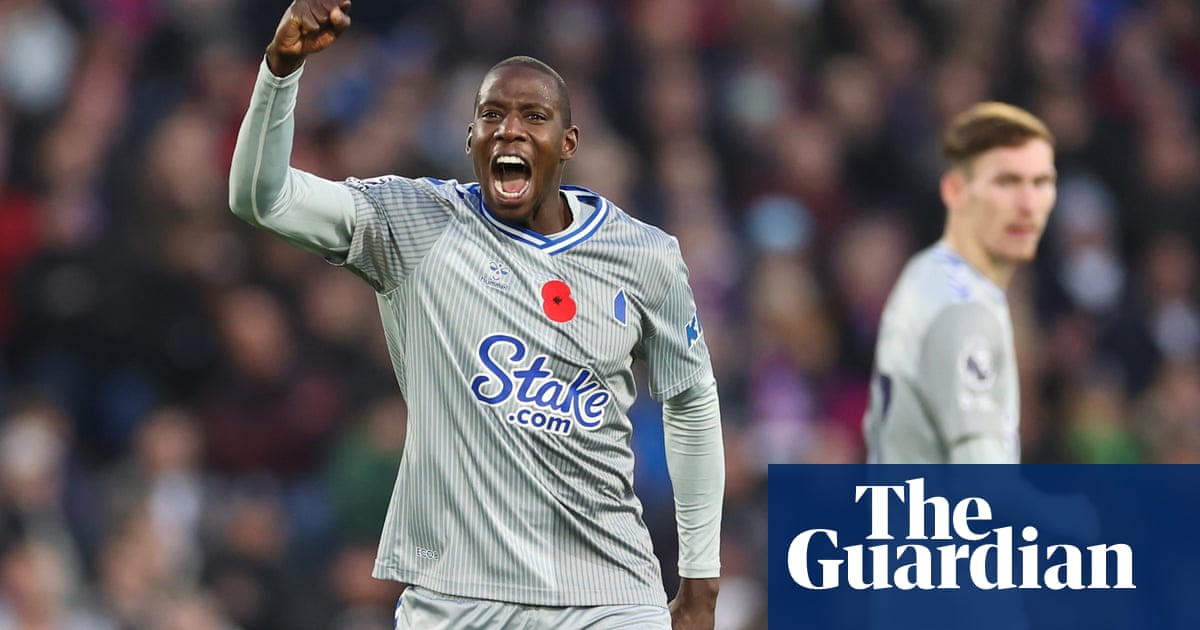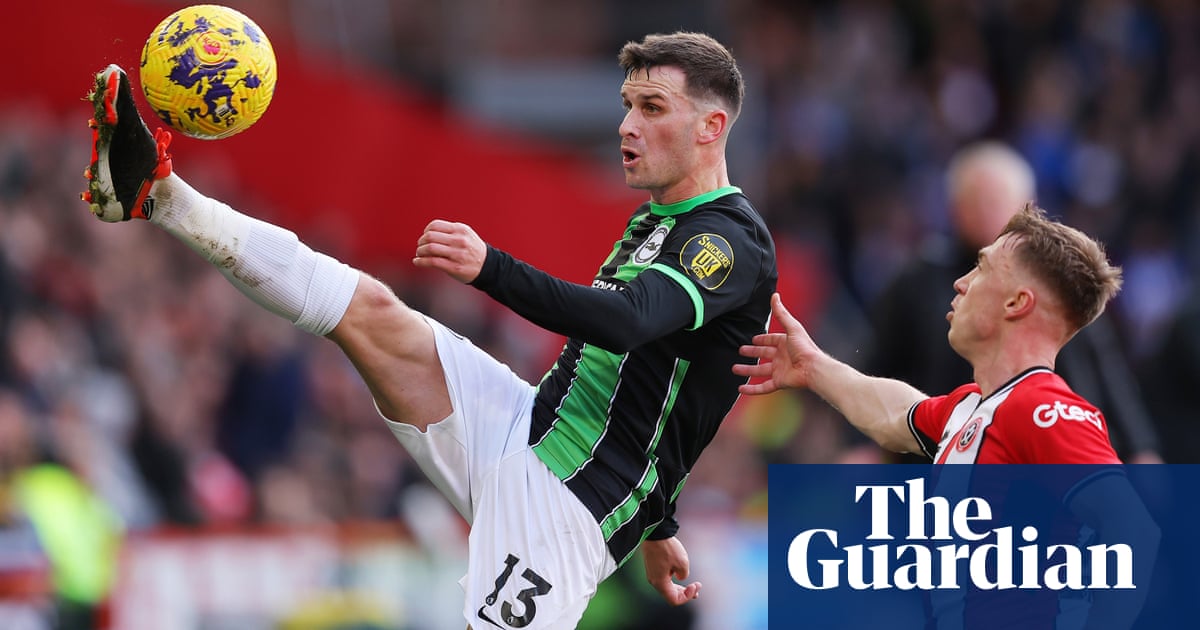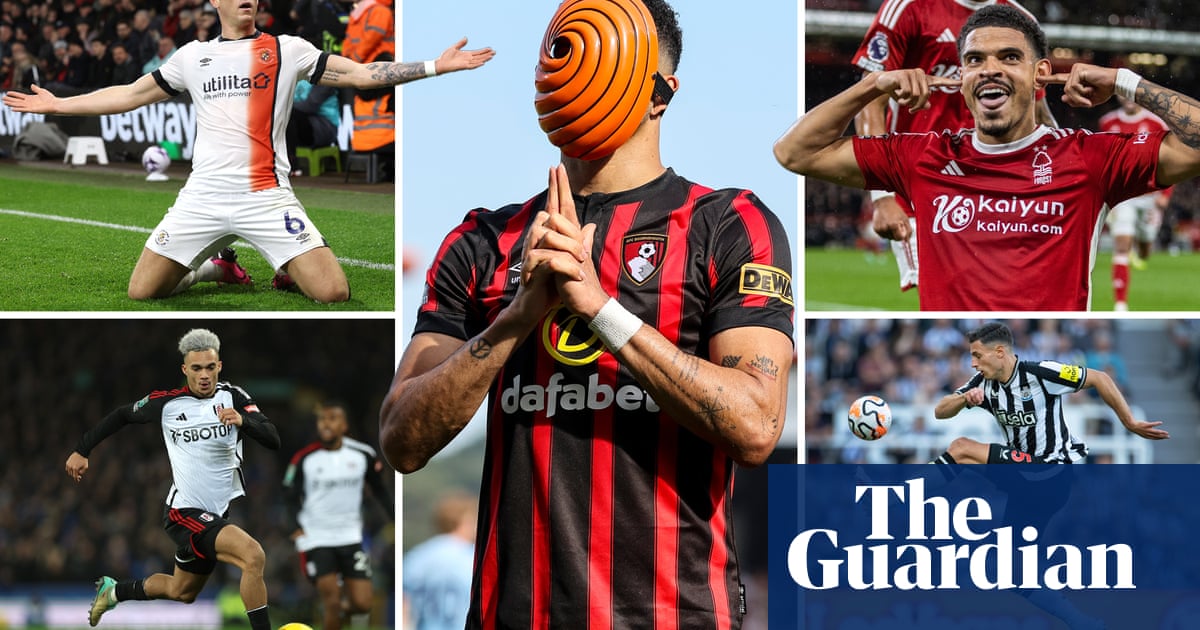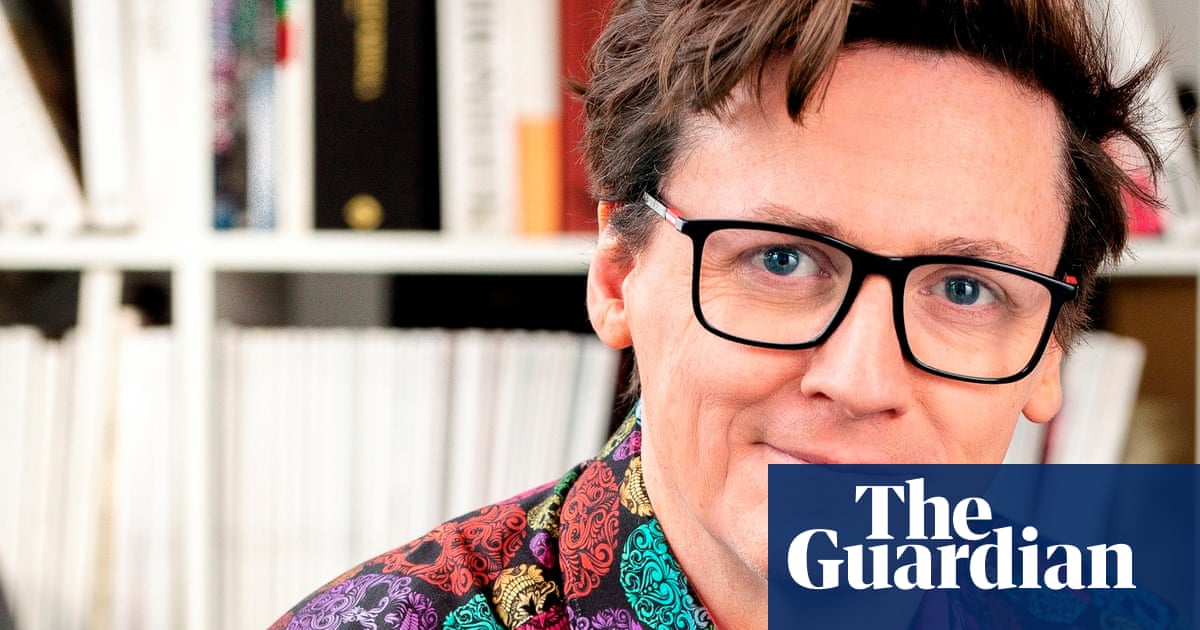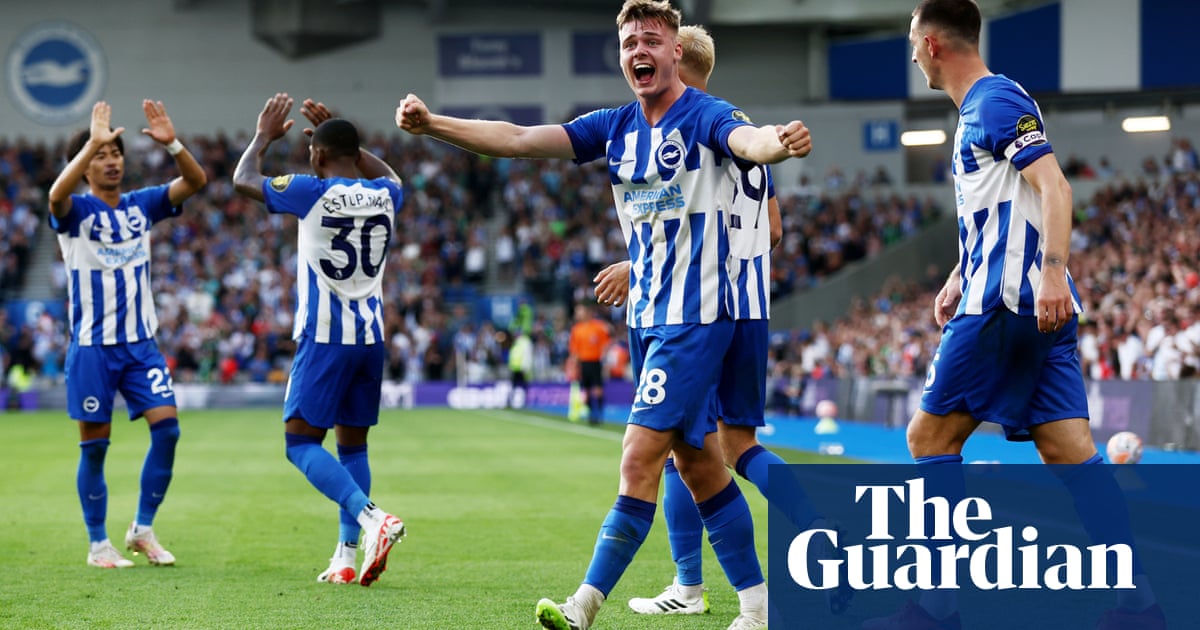
When Brighton lost Graham Potter to Chelsea a year ago, there were understandable concerns about how the team would fare after his departure. Potter had taken the club to the next level following the dismissal of Chris Hughton in 2019. Brighton had narrowly avoided relegation from the Premier League in Hughton’s last season, picking up just 11 points in his final 18 games as manager. Potter led them up the table, securing their highest ever league finish – ninth in the 2021–22 season – before he left for Chelsea.
Potter’s decision to replace Thomas Tuchel could have grounded the Seagulls. Instead, they are flying even higher. Roberto De Zerbi took over from Potter last September and immediately set about outdoing his predecessor. Brighton finished sixth in the top flight last season, a new high for the club.
Brighton play the first European fixture of their history next week when they take on AEK Athens in the Europa League. De Zerbi is already a manager in demand and that interest will undoubtedly rise if he continues to exceed expectations. After four league games this season, Brighton have collected nine points and sit sixth in the table. They have beaten Luton, Wolves and, most impressively, Newcastle in the opening weeks of the campaign – a 3-1 defeat to West Ham the only blip – while scoring more goals (12) than any other side in the Premier League.
What stands out most, though, is that Brighton continue to soar even after the high-profile exits of key players. Any team would struggle after losing two core midfielders yet, even after Alexis Mac Allister joined Liverpool and Moisés Caicedo signed for Chelsea – bringing in £150m in transfer fees – De Zerbi’s men are thriving. Factor in Levi Colwill’s return to Chelsea after his loan spell and Brighton should not be as high up the table as they are.
This is not the first time Brighton have sold star players in a transfer window only to improve the next season. Defender Ben White moved to Arsenal for £50m in 2021. Yves Bissouma went to Tottenham for £25m and Marc Cucurella joined Chelsea in a £62m deal last summer before Leandro Trossard joined White at the Emirates in January. This is just Brighton doing a Brighton.
They welcome interest from richer clubs, maximise it to command hefty fees, sell their players and then reinvest accordingly. The club turns a big profit on players while the team improves. Essentially, Brighton are the Premier League’s version of the Hydra. For each player they lose, they come back stronger.
The eight players Brighton signed this summer cost less than the fee they received from Chelsea for Caicedo. João Pedro joined from Watford to swell the attacking ranks. The teenage midfielder, Carlos Baleba, arrived from Lille to replace Caicedo. Igor Julio came in from Fiorentina to cover for Colwill as he returned to Stamford Bridge. Bart Verbruggen, the 20-year-old goalkeeper, has broken into the first team. Mahmoud Dahoud and James Milner have added experience in key areas of the pitch, while young Spain forward Ansu Fati was a notable capture, arriving on loan from Barcelona.
Not only have Brighton invested smartly, but De Zerbi has also given emerging players more chances to shine – and he has duly been rewarded. Jan Paul van Hecke has already started two league games in this campaign, having only featured from the outset three times last season. Evan Ferguson has played in every game, scoring four goals along the way, having been eased into the team over the last year.
The main success story so far is Billy Gilmour. The 22-year-old had limited opportunities last season while fighting for a place with Mac Allister and Caicedo, starting just seven games in the league. This season, though, he has started three of Brighton’s four league games. Of all the midfielders in the league, he has the second highest pass success rate (94.1%), behind Manchester City maestro Rodri (94.5%). The Scotland international is setting the tempo for Brighton, carrying on his good form from the back end of last season. It’s no wonder Brighton rank third in the Premier League for possession, with 64.4%, and second for pass success rate, with 89.5% of their passes completed.
Brighton are still implementing the approach that worked so well for De Zerbi last season. They retain possession, not for the sake of it, but to draw teams in. Opponents may think they have pressed the Seagulls into a tight corner – particularly when they encroach upon their defensive third – yet De Zerbi has his players well drilled to bypass the press and move the ball forward at speed.
Centre-back Lewis Dunk, for example, ranks top for forward passes (133) and 10th for accurate long balls (17) of all outfielders in the Premier League this season. His role in the manager’s gameplan is essential. Even with the departures of key personnel in defence and midfield, Dunk is the one to get the ball rolling.
Brighton attacked through the middle more frequently (30%) than any other team in the league last season and they have doubled down on that approach this season, with nearly a third of their attacks (32%) coming through the centre of the pitch. With Dunk still the main distributor, they are again building their attacks through the middle of the park, only this time, De Zerbi has Gilmour and Pascal Gross rather than Mac Allister and Caicedo on hand to receive the ball before switching possession to the flanks for Solly March and Kaoru Mitoma to wreak havoc in the final third.
The attacking play might sound quite predictable but, like Arjen Robben coming inside from the right on to his left, it is proving nigh-on impossible to stop. Even with notable changes in playing staff, De Zerbi is keeping to his blueprint and it’s having the desired effect.




